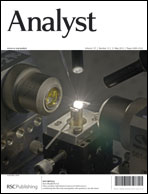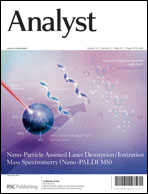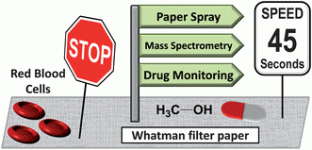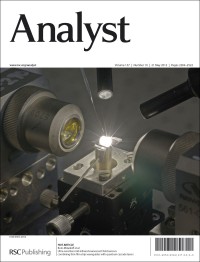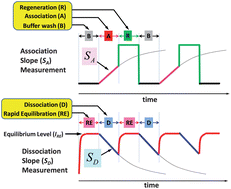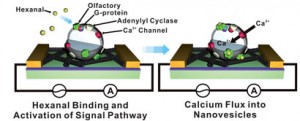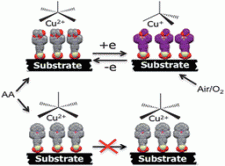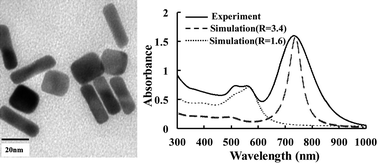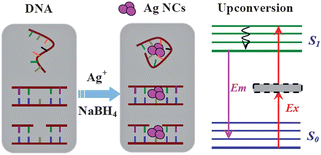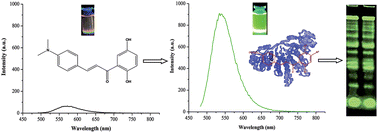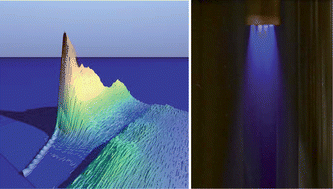This month sees the following articles in Analyst that are in the top ten most accessed:-
Quantum dot enabled detection of Escherichia coli using a cell-phone
Hongying Zhu , Uzair Sikora and Aydogan Ozcan
Analyst, 2012, Advance Article DOI: 10.1039/C2AN35071H
A simple fluorescent receptor selective for Mg2+
Yingying Ma , Hong Liu , Shaopu Liu and Rui Yang
Analyst, 2012, 137, 2313-2317 DOI: 10.1039/C2AN35200A
Non-covalently functionalized graphene for the potentiometric sensing of zinc ions
Ewa Jaworska , Wiktor Lewandowski , Józef Mieczkowski , Krzysztof Maksymiuk and Agata Michalska
Analyst, 2012, 137, 1895-1898 DOI: 10.1039/C2AN16016A
Rapid visual detection of aluminium ion using citrate capped gold nanoparticles
Shan Chen , Yi-Min Fang , Qing Xiao , Ju Li , Song-Bo Li , Hong-Ju Chen , Jian-Jun Sun and Huang-Hao Yang
Analyst, 2012, 137, 2021-2023 DOI: 10.1039/C2AN35129C
Single-stranded DNA (ssDNA) production in DNA aptamer generation
Citartan Marimuthu , Thean-Hock Tang , Junji Tominaga , Soo-Choon Tan and Subash C. B. Gopinath
Analyst, 2012, 137, 1307-1315 DOI: 10.1039/C2AN15905H
Upconversion nanoparticles in biological labeling, imaging, and therapy
Feng Wang , Debapriya Banerjee , Yongsheng Liu , Xueyuan Chen and Xiaogang Liu
Analyst, 2010, 135, 1839-1854 DOI: 10.1039/C0AN00144A
Quantification strategies for elemental imaging of biological samples using laser ablation-inductively coupled plasma-mass spectrometry
Dominic Hare , Christine Austin and Philip Doble
Analyst, 2012, 137, 1527-1537 DOI: 10.1039/C2AN15792F
Two-photon fluorescent probe for cadmium imaging in cells
Yongyou Liu , Xiaohu Dong , Jian Sun , Cheng Zhong , Boheng Li , Ximeng You , Bifeng Liu and Zhihong Liu
Analyst, 2012, 137, 1837-1845 DOI: 10.1039/C2AN16254G
A simple colorimetric detection of DNA methylation
Chenchen Ge , Zhiyuan Fang , Junhua Chen , Jie Liu , Xuewen Lu and Lingwen Zeng
Analyst, 2012, 137, 2032-2035 DOI: 10.1039/C2AN35043B
One-step synthesis of fluorescein modified nano-carbon for Pd(ii) detection via fluorescence quenching
Janjira Panchompoo , Leigh Aldous , Matthew Baker , Mark I. Wallace and Richard G. Compton
Analyst, 2012, 137, 2054-2062 DOI: 10.1039/C2AN16261J
Why not take a look at the articles today and blog your thoughts and comments below.
Fancy submitting an article to Analyst? Then why not submit to us today or alternatively email us your suggestions.
Comments Off on Top ten most accessed articles in March
 The Gordon F. Kirkbright bursary award is a prestigious annual award that enables a promising student/non-tenured young scientist of any nation to attend a recognised scientific meeting or visit a place of learning.
The Gordon F. Kirkbright bursary award is a prestigious annual award that enables a promising student/non-tenured young scientist of any nation to attend a recognised scientific meeting or visit a place of learning.










